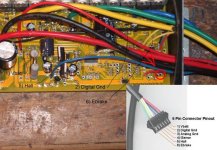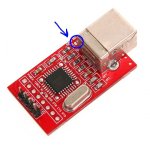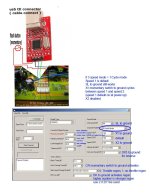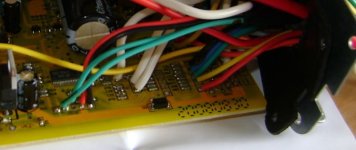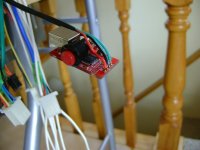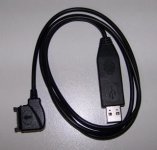solarbbq2003 said:
someone might want to comment on this, see if i'm on the right track:
for 12fet xie cheng
if using a separate power source for the low voltage circuit ( in my case 28v approx), and a different power source for the mosfets ( approx. 86v), then I'm guessing regen braking voltage will not be limited by controller, as it is connected to the low voltage supply for detecting voltage???
That is correct.
In fact, using (3) 9V batteries is plenty to power the "ignition" circuit.
The max current draw is only about 65ma (regardless of 6,9,12,15, or 18 fet models AND/OR Infineon/116 MCU).
Realize that the ignition circuit and the mosfet POWER are completely independent circuits within the controller.
You will need to monitor your main battery independently to ensure against any LVC damage (of course).
And for 27V to work, bypass (or mod) all the power resistors and set the programmed LVC below 27V.
(Note: Some boards use the LM317 regulator and some use the LM393 comparator).
With this set up there will be no upper REGEN V limit.
AND the controller will run "Any Voltage" battery up to the MAX that mosfets/caps can take before exploding.
solarbbq2003 said:
part 2: not related to above scenario: just using one power source for controller:did some figures on what value to use to get about 95v max regen voltage would need to put 2058ohmn ( approx 2k) resistor in parallel with r12
using 42v as lvc with software would give about 67v as new lvc and 95v as max regen voltage
anyone want to verify my maths??
R12 (before mod) = 1200 ohm
Place a second resistor (2058 ohm) across R12
New value = 1 / (1/1200 +1/2058) = 758 ohm
The programmed LVC AND the programmed REGN MAX V are now actually increased by a factor of … 1200/758 = 1.58
A programmed LVC of 42V now is really 42 x 1.58 = 66.4
A regen Max of 60V is now 60 x 1.58 = 94.8


